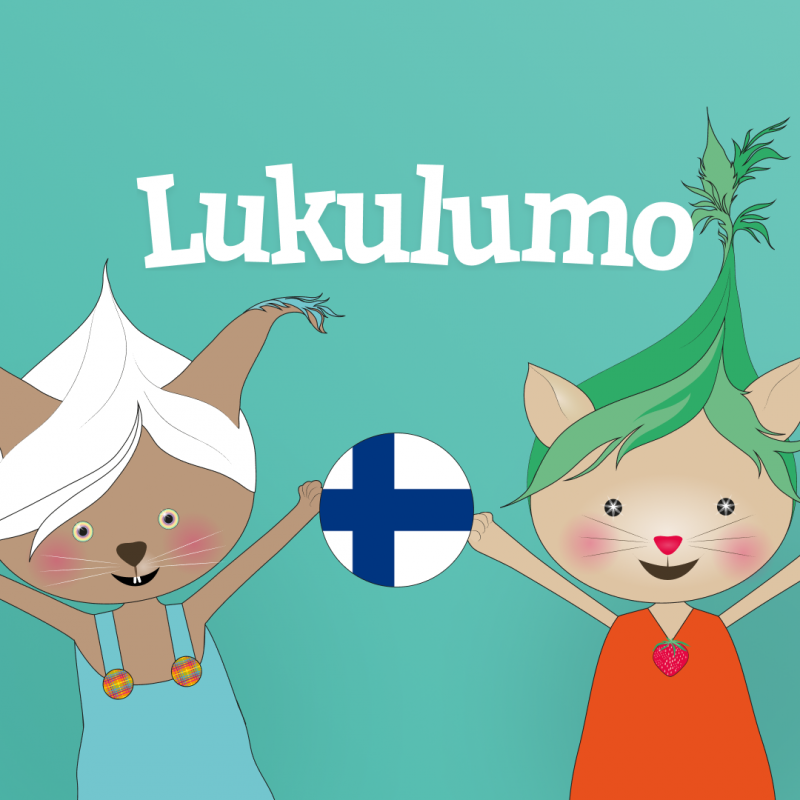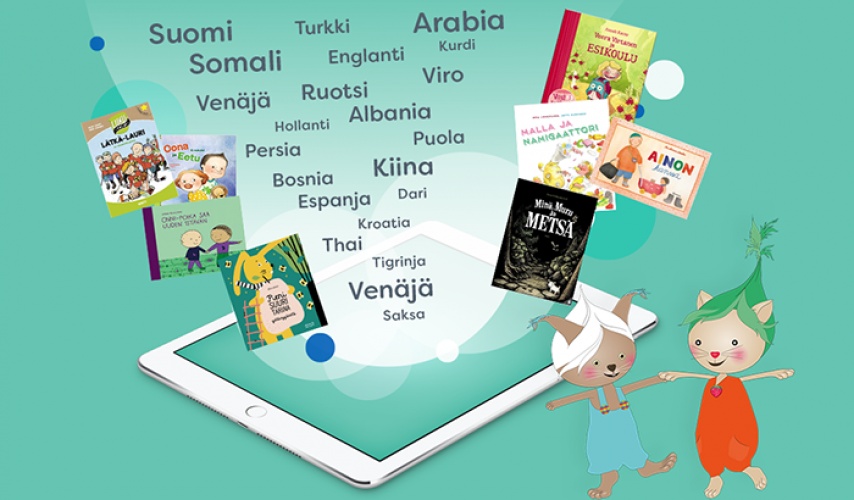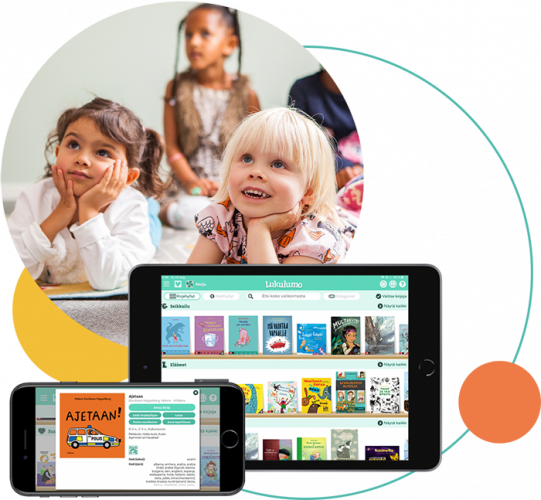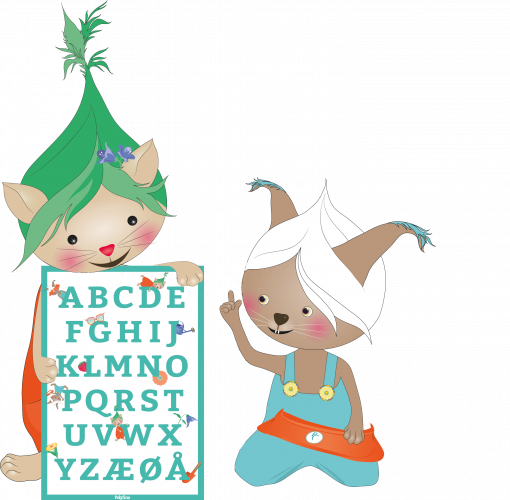
Lukulumo
Lukulumo is a multilingual digital ebook service that offers read-aloud picture books for early childhood education and elementary schools. The books can be listened to in Finnish and also in several different languages, e.g. in Swedish, English, Albanian, Arabic, Somali, Russian and Estonian. Altogether Lukulumo contains books in 52 languages.
The license can be obtained by kindergartens, preschools, family day nurses and primary schools. The content of the service is determined by whether it is used by an early childhood education unit or a primary school.
The pedagogical analysis covers how the product supports learning of the identified skills. The student’s role is assessed by four contrary pair parameters, which are selected to cover the most essential aspects on the use of the product.
The following are the high educational quality aspects in this product.
The supported learning goals are identified by matching the product with several relevant curricula descriptions on this subject area. The soft skills are definitions of learning goals most relevant for the 21st century. They are formed by taking a reference from different definitions of 21st century skills and Finnish curriculum.







User reviews for Lukulumo
You need to log in to post a review.